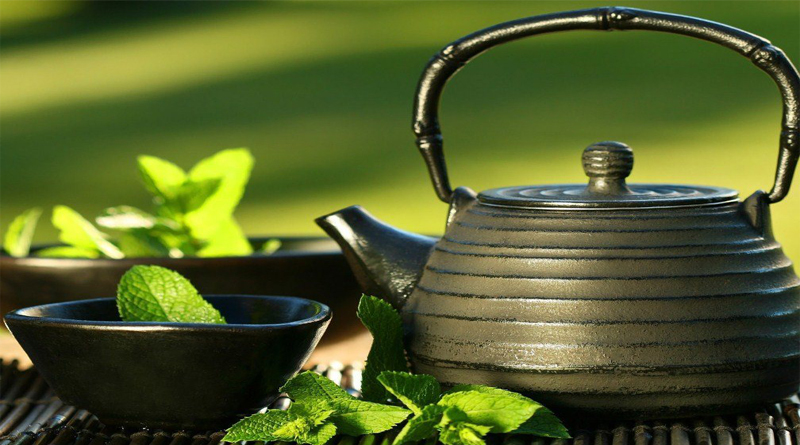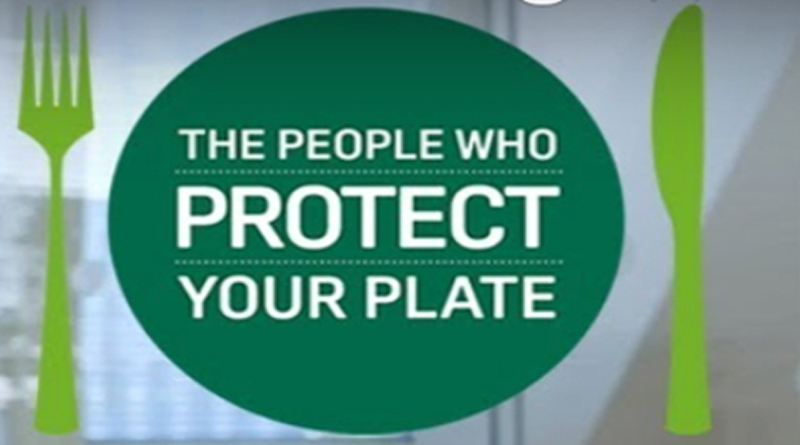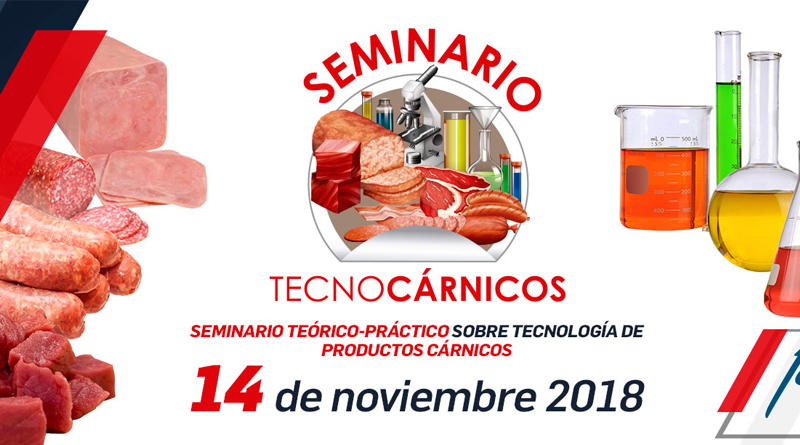Short‐wavelength ultraviolet (UV‐C) irradiation is a nonthermal processing technique that is a possible alternative to the heat pasteurization of tea beverages. A study published in the Journal of Food Science suggests that UV‐C irradiation may not significantly deplete antioxidants or produce cytotoxic byproducts in green tea beverages.
The researchers investigated the effect of UV‐C irradiation on the polyphenolic and total phenolic contents of a green tea beverage and analyzed the cytotoxicity of irradiated green tea using a novel continuous flow‐through UV system. The researchers delivered UV‐C fluence levels ranging from 0–240 mJ/cm2 (millijoule per square centimeter) to green tea and then chemically profiled the polyphenols.
The researchers found that continuous‐flow UV‐C irradiation of the green tea beverage at a fluence of 68 mJ/cm2 induced a minor reduction in the concentration of the most abundant catechin in green tea, (‐)‐epigallocatechin gallate (EGCG), from 145 to 131.1 μg/mL. The total phenolic content of the green tea beverage was 0.19 μg GAE/uL and remained constant at all UV fluence levels.
In addition, they found that the UV‐treated green tea beverage showed no cytotoxic effects on normal intestinal cells with healthy colonic cells (CCD‐18Co) maintained at 90% viability for the UV‐treated green tea beverages and the control. The treated and nontreated green tea have comparable inhibitory effects on the survival of human colon cancer cells. Overall, these results demonstrate that the UV‐C irradiation did not significantly deplete catechins or produce cytotoxic byproducts.
Source: IFT








